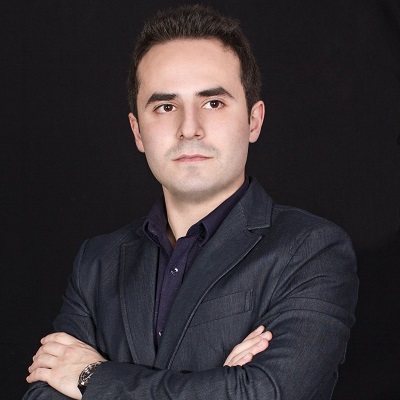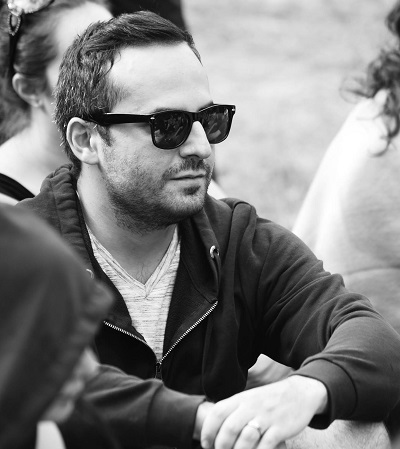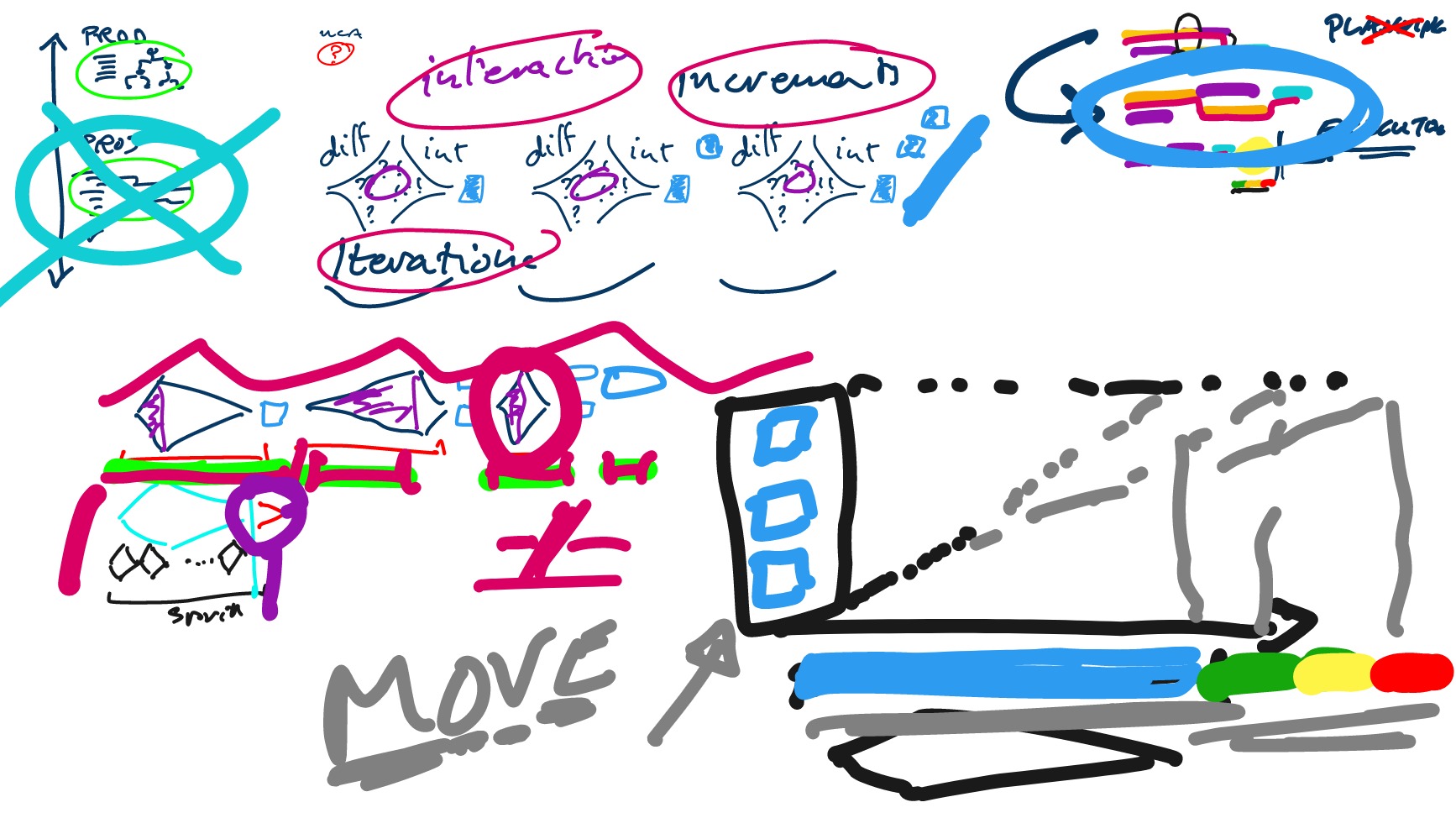The fourth “Campfire Talks with Herbie” was held today. Here’s a summary.
TameFlow Community Member: Aram Petrosyan
Name (and Company/Affiliation if desired)
Aram Petrosyan, TAMM
Who are you?

A proven Project Management Professional (PMP®) and agile practitioner (PMI-ACP®) certified through Project Management Institute. - Member of PMI, Project Management Lecturer. Over 8+ years of project management and team leading in IT sphere. - Kanban Management Professional (KMP II) having a long track record of ensuring software projects are delivered to the highest quality, within budget by effectively organizing, managing and utilizing all resources able to lead teams on IT and commercial projects where the highest standards are routinely demanded. Always wanting to be actively involved in all aspects of the project life-cycle he can deliver high-value projects in rather different organizations and across different geographies.
Specialties in Project Management:
- PMBOK Guide & Standards,
- Critical Chain Management and ToC
- Agile Mindset
- Lean Thinking
- Continuous Integration, delivery, deployment
- TameFlow, CMMI, KMM,
How did you get involved with Agile, Coaching, Organizational Performance - and in particular with TameFlow?
I started my career as a hardware technician simply installing, repairing and troubleshooting computer OS and hardware.
After that, I have been involved in sysadmin duties at Reg.am the biggest domain and hosting company in Armenia. I was in charge of security of the servers, solving technical and application issues providing online technical support for the customers. The next step of my career is called fronted developer. I was creating websites working with different CMS systems such as Joomla, Wordpress and Drupal. Have written several custom components and modules using PHP as the main language. Creating HTML markups from PSD files and linking with Jquery to incorporate frontend logic.
Finally, I got involved in project management of the new websites. I have managed over 20 websites from initiation to closing.
Then I started working in Volo as a project manager for two giant enterprise SAAS applications. We didn’t have dedicated devops for this project hence I was conducting devops duties such as setting up CI/CD, branching model using Jenkins, Bitbucket, and RedGate. I am eager to share my knowledge and experience cause I have been working as IT Project Management adjunct lecturer in BSC for about 2 years. Currently I am working on Tamm Enterprise Application (the largest program in terms of budget in UAE IT sector) which aims to digitize all government services. Company is based in UAE Abu Dhabi.
Are you currently (or do you intend) making a living in this sector? And with TameFlow?
Per above, I have made a living for the past 10 years. About 5 months ago I started studying TameFlow, as I liked the Theory of Constraints and watched almost all videos related to ToC and CCPM published in TOCICO website. I was looking for ways to do even more with Kanban broadening and bridging it with more traditional project management such as CCPM.
Give us a typical day in your life!

When I wake up, the first thing first is a cup of water with a slice of lemon. Daily routine working with multiple teams and multiple PEST projects within a program in VUCA environment. Sometimes, I’m lucky and get a ten-minute lunch break. After work hours, at 8pm, I typically start review of my daily goals and achievements as well as plan for the new ones. That’s Sunday through Thursday cause Friday and Saturday are non-working days in UAE.
What makes you happy at the end of a day?
Helping people achieve their goals and FLOW.
What’s the most important skill or insight you’ve developed while getting involved with this industry?
Building strong relationships and critical thinking.
What are the greatest challenges on your path to using/improving the techniques you favor in this sector? Where do you see TameFlow in this?
Minding the gap between traditional project management approaches and Agile way of doing things. I reason TameFlow is an ideal solution combining the best from both worlds and this is a great addition to the management of the constantly increasing number of hybrid projects/programs and portfolios.
What are the greatest rewards you’ve had (personally or professionally) or would like to receive in this industry?
Changing mental models in a large organization.
What do you want to learn from a community of peers, like the one here TameFlow Community site?
Insights and observations of new patterns and mental models.
What question(s) would you like to ask Steve, or what topics would you like him to develop ( in relation to the TameFlow Approach)?
I would like to touch the topic of CCPM planning which was dropped in Tameflow because it is more of a Waterfall type of planning and if there is an alternative in Tameflow for roadmapping, due dates for more than one MOVE, etc..
- I would like to touch the topic of CCPM planning which was dropped in Tameflow because it is more of a Waterfall type of planning and if there is an alternative in Tameflow for roadmapping, due dates for more than one MOVE, etc..
- How does TameFlow manage scope changes during MOVE execution? Does it accommodate more buffer for demo/UAT feedback items related to the current MOVE and/or additional scope related risks?
- TameFlow provide great techniques for execution management with different type of Buffer charts but currently only A-dato is providing a proper software for practical usage of all these metrics. Is there a plan to have those metrics in flow giant like Kanbanize, LeanKit or Jira in future? This will highly increase TameFlow adoption in different organizations cause it will literally give practical tooling for proper execution management which is currently performed by excel manually capturing data from physical or digital kanban boards.
If other TameFlow enthusiasts want to reach out to you, where do they find you? And what is your TameFlow Community handle?
TameFlow handle is aram.petrosyan. Linkedin: https://www.linkedin.com/in/aram-petrosyan-pmp%C2%AE/
Herbie talks about… Critical Chain Project Managment (CCPM) and its relationship to TameFlow
Aram’s question propmpted an interactive whiteboard session. At the end, the whiteboard looked like this:

The entire explanation is best understood by looking at the video.
Here’s a brief summary of what I said:
- I compared the Critical Path Method (CPM) to Critical Chain Project Managment (CCPM), explaining how buffers come to be and how they are used.
- Then we looked at the scale of uncertainty in different kinds of work: from production, to project work, to knowledge-work.
- Knowledge-work is completely unpredictable (in the sense that it is not deterministic) and exposed to VUCA; and proceedes with cycles of “differentiation” and “integration.”
- These cycles are the Iterations that are present in most contemporary Agile or Agile-like processes. At the end of every cycle an Increment is delivered. After a sufficient number of increments are delivered, sufficient business value is recognized. During each cycle people both exercise Interaction (both between themselves and with other people external to the team).
- The duration of these cycles cannot be predicted.
- The split between differnitation and integration phases varies a lot.
- The fixed length duration of Sprints interfere with the natural cycle of knowledge-work, basically interrupting the flow of knowledge-workers. Sprints impose an artificial cadence that is incompatiblye with the natural, organic iterations of knowledge-work.
- Sprints also “reset” all variation from one Sprint to the next. This prevents exploiting that variation to generate Work Execution Signals supporting Management by Exception.
- Sprints require backward looking Retrospectives which are a very inefficient way of dealing with negative variation. Instead detection and in-promptu action and/or escalation, which is unique to TameFlow (and TOC), will provide higher levels of performance.
- No matter what work is eventually done (and deliverying business value), that work has obviously traversed its Critical Chain. That Critical Chain cannot be planned in advance. It is impossible to do in knowledge-work. However, its presence is undeniable. Therefore, if a timeline for that work can be established (TameFlow does that via probabilistic forecasting), then we are in the conditions to create, size and position a buffer. Thuse we enable the Work Execution part of Critical Chain Project Management without the need of upfront planning, but with full support of the natural cycles of knowledge-work.
- In order to do this, we must also become familiar with the notion of the Minimal Outcome-Value Effort (MOVE) of TameFlow, which though is a topic for another episode.
At the end of the session, there were several very interesting questions from the audience too.
If you found the above interesting, there is much more to learn about these ideas in the The Book of TameFlow book.